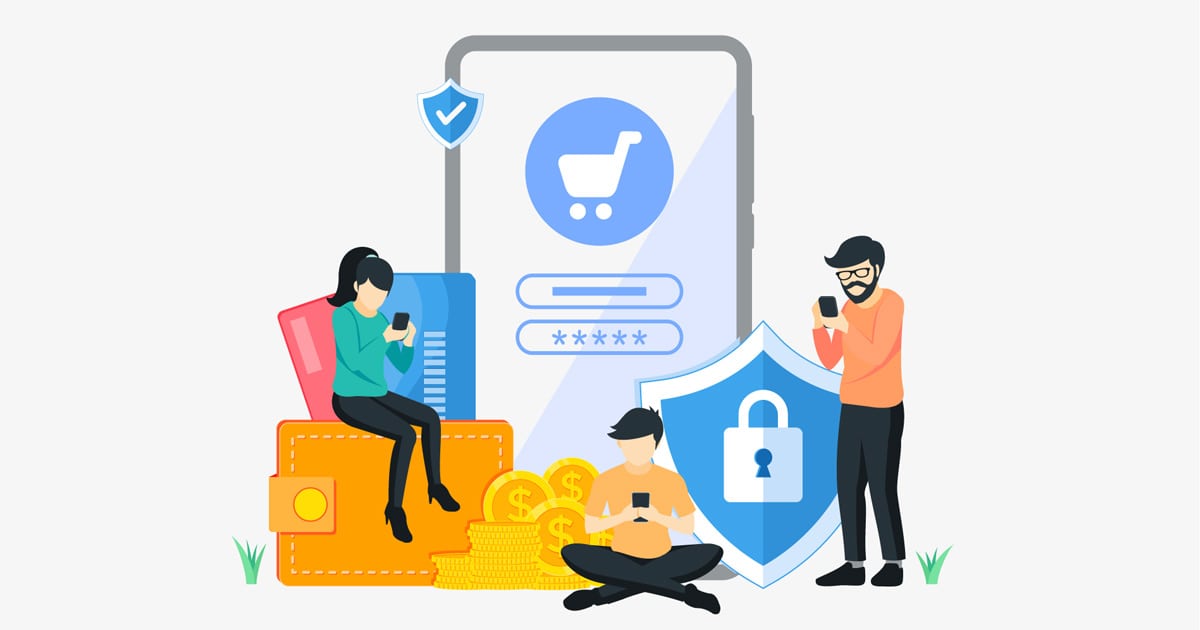
9 best practices to improve checkout page conversions
Your customers have countless options at their fingertips, so optimising every aspect of the online shopping experience to outdo your competitors is crucial. While marketing strategies and product offerings play significant roles in attracting customers, your checkout page serves as the final battleground where the journey from browsing to conversion takes place.
It’s the make-or-break point that can make the difference between an abandoned cart and a completed purchase.
Let’s take a look at 9 best practices that will help retailers maximise conversion rates and enhance the overall customer experience.
The importance of an efficient checkout page
The checkout page is often perceived as the last stop in the customer’s journey. However, its significance transcends its position in the sales funnel.
It is the juncture where a potential customer’s browsing, exploration and decision-making culminate into a transaction. This pivotal moment is where the promise of the entire shopping experience is either fulfilled or broken.
To fully appreciate the importance of the checkout page, it is essential to understand how it impacts on brand image and business performance:
- Cart abandonment: Cart abandonment is a major challenge in e-commerce. Customers will often add items to their cart but leave your website during the checkout process. A user-friendly checkout page can reduce abandonment rates by addressing common pain points that lead to this behaviour.
- Conversion rates: The most critical role of a good checkout page is in its impact on conversion rates. An unnecessarily complicated or lengthy process can deter even the most interested shoppers, leading to cart abandonment. A well-optimised checkout page, on the other hand, can reduce friction and significantly increase conversions.
- User experience: A smooth and intuitive checkout experience is a cornerstone of a positive user experience. Shoppers who find it easy to complete their purchases are more likely to return to your website for future transactions. Conversely, a frustrating or confusing checkout process can lead to a negative perception of your brand.
In the world of e-commerce, an efficient checkout page is far more than a mere formality. It is where potential leads transition into valued customers.
By paying meticulous attention to their checkout pages and adhering to best practices, retailers can create a checkout experience that not only drives conversions but also leaves a lasting positive impression on customers.
9 best practices for your checkout page
- A streamlined design: The design of your checkout page should be clean, intuitive and uncluttered. Avoid unnecessary distractions and focus on guiding the customer through the process.
- Mobile optimisation: A significant portion of online shoppers use mobile devices. Ensure that your checkout page is responsive and performs seamlessly on various screen sizes.
- Reduced form fields: Long and complicated checkout forms can deter potential buyers. Minimise the number of required fields to only the essentials. Use autofill options and provide clear error messages to make the process user-friendly.
- Guest checkout option: Not all customers want to create an account during the checkout process. Offer a guest checkout option to accommodate those who prefer a faster, hassle-free experience.
- Progress indicators: Implement a progress bar or step indicators to inform customers about their position in the checkout process. It helps manage expectations and reduce frustration.
- Security assurance: Display trust symbols, security badges and clear privacy policies to reassure customers that their personal and financial information is safe.
- Shipping options: Offer multiple shipping options, including express and standard delivery, and clearly communicate estimated delivery times.
- Transparency on costs: Clearly state all costs, including taxes, shipping fees and any additional charges, before the final step of payment. Unexpected costs can lead to cart abandonment.
- Multiple payment options: Provide a variety of payment options, including credit cards, digital wallets and alternative payment methods like Paypal or Buy Now Pay Later. The more choices customers have, the more likely they are to find a method that suits their preferences.
Your checkout page is the gateway to successful e-commerce transactions. By implementing these best practices to build a streamlined and customer-centric checkout page, you can significantly increase conversions, reduce cart abandonment and ultimately boost your revenue.


